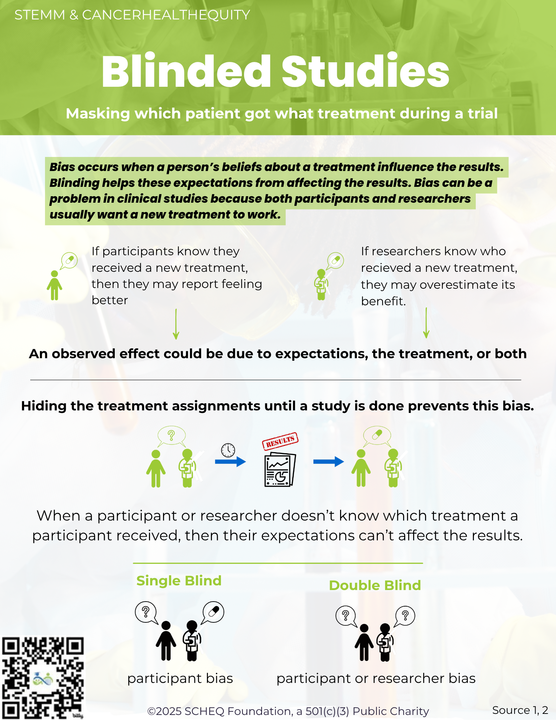Dr. Luis Federico Leloir (1906-1987) was a biochemist and named a Nobel Laureate in Chemistry (1970) for his “discovery of sugar nucleotides and their role in the biosynthesis of carbohydrates.”
Dr. Leloir was born in Paris to Argentine parents, who moved their family back to Buenos Aires when he was two years old. He received his MD (1932) from the University of Buenos Aires. Upon noticing that he could make a bigger impact doing research instead of in the clinic, he began his scientific career at the Institute of Physiology with Bernardo A. Houssay characterizing adrenalin carbohydrate metabolism. In 1936, Leloir did advanced studies at the University of Cambridge in the Biochemical Laboratory of Sir. Frederick Gowland Hopkins in enzymes. He returned to Argentina in 1937 to continue working with Houssay, whom he would continue collaborating with for the rest of Houssay’s career.
Dr. Leloir left Argentina in 1944 due to political instability. Subsequently, he worked as a Research Associate in the Department of Pharmacology at Washington University School of Medicine and then as a Research Assistant at the College of Physicians and Surgeons at Columbia University before returning to Argentina in 1945. He served as the first Director of the Instituto de Investigaciones Bioquímicas de la Fundación Campomar starting in 1947. There he worked on fatty acid oxidation in the liver, sugar synthesis in yeast, created a cell-free system, and studied angiotensin in the kidney. He also identified that sugar nucleotides were responsible for carbohydrate metabolism and identified the cause of galactosemia. He remained at the University of Buenos Aires until his death in 1987.
He was very innovative as he made many of these discoveries without optimal equipment, and often had to create workaround approaches. The Instituto de Investigaciones Bioquímicas de la Fundación Campomar was renamed to the Fundación Instituto Leloir and his work made it a place that was recognized all over the world. When his Nobel Prize was announced, he was the third Argentinian named as a recipient. Among his numerous accolades, he was elected as an International Member of the US National Academy of Science (1960), American Academy of Arts and Sciences (1961) and International Member of the American Philosophical Society (1963). He received a Honorary Doctorate from the Universidad Nacional de Córdoba (1968).
References:
- https://www.nobelprize.org/prizes/chemistry/1970/leloir/biographical/
- https://beckerexhibits.wustl.edu/mig/bios/leloir.html
- https://www.craftonhills.edu/features/hispanic-heritage-month-2014/hispanic-heritage-profiles/luis-leloir.php
- https://www.bioc.cam.ac.uk/about-us/history/nobel-prizes/luis-federico-leloir
- https://www.britannica.com/biography/Luis-Federico-Leloir
- https://exhibits.lib.unc.edu/exhibits/show/nyamhighlights/bios/argentina/leloir




